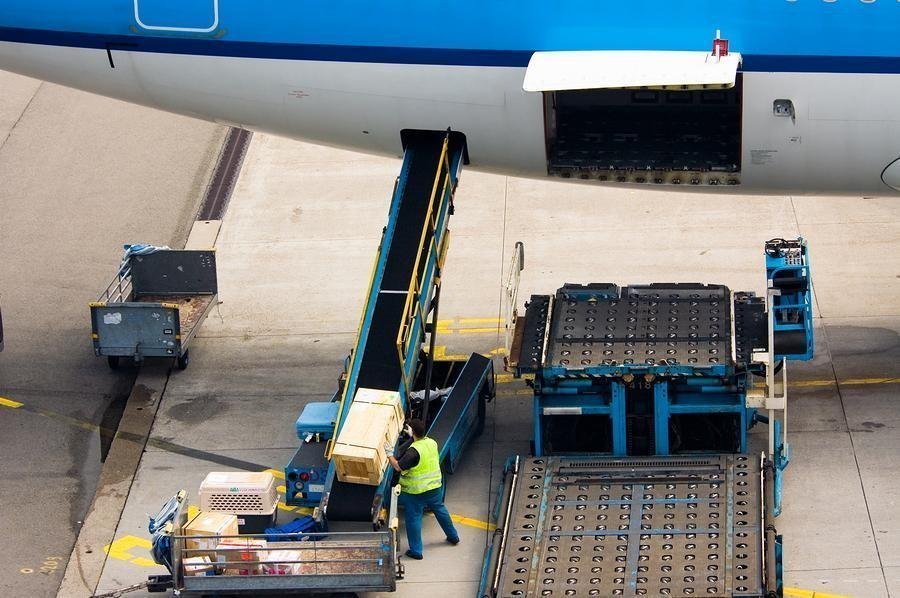Readers would be aware that as and from 1 July 2017, all Australian air cargo exports to the United States were required to undergo new “piece level” screening to accommodate the requirements of the US Transportation Security Administration.
A summary of the US requirements was set out in my earlier article in AirCargo Magazine (July 2018) with more details to be found at the Department of Homeland Affairs (Home Affairs) website. The revised Australian regime to meet US requirements also introduced concepts such as the Known Consignor (KC) program which allowed certain exporters to securely screen their own cargo to go directly, without further examination, to a Cargo Terminal Operator (CTO) at an airport, as well as the Enhanced Air Cargo Examination (EACE) program which applied to Regulated Air Cargo Agents (RACA) to examine and scan all other exporters cargo for the US before heading to the CTO. A CTO can also be a RACA and examine air cargo it receives.
Although this new regime was initially introduced for exports to the US, there was always an expectation that a similar regime would subsequently be introduced for all other exports by air, whether the result of it being dictated by other countries or by extension by the Australian government. In this case, the latter has arisen with the Australian government recently announcing that all exports by air will need to be subject to piece-level screening by 1 March 2019.
Based on recent commentary, it seems clear that the changes merely represent the expected extension of the US requirements to meet perceived changes in the general security environment which were always going to be implemented as opposed to a response to a particular threat or a perceived gap in the existing regime.
Given the very recent announcement of the changes, guidance material for industry has yet to be finalised by Home Affairs. However, industry representatives were briefed on the outline of new regime at the recent meeting of the working group convened by Home Affairs which has taken the place of the earlier “cargo working group” which oversaw the introduction of the US requirements and the development and commencement of the KC program and the EACE program. It would be expected that the new requirements will also be developed in close consultation with industry.
While full details of the new requirements have yet to come to light in detail, a number of general observations can be made at this point:
- The intention is for the US air cargo requirements to be replicated for all air cargo exports by 1 March 2019.
- This would require that all air cargo for export would need to be subjected to “piece-level scanning” before delivery to the CTOs at the airport. For these purposes, scanning would require examination to be undertaken as x-ray examination, electronic magnetic detection, explosive trace detection or physical examination. The scanning would depend on the goods themselves.
- What constitutes “piece-level” will vary depending on the goods themselves
- The full suite of US-bound arrangements will be made available for the new requirements meaning that the KC and EACE programmes will be extended to other exporters for other exports. Presumably those parties already in these programmes in relation to the US requirements will have their membership extended to apply to the wider export requirements, although there may well be additional requirements for a broader membership.
There is little doubt that some urgent decisions will need to be made. Exporters need to understand the new requirements, the impact on their business, who can assist them best with the requirements and whether the KC represents a useful option, perhaps alongside the Trusted Trader Programme. Freight forwarders will need to consider the terms of the RACA and EACE programs and those already providing scanning services for air cargo exports will need to review whether they need to invest further in scanning equipment or facilities – and the impact on their rates.
All parties need to pay attention to the details of the requirements as they are released, whether through the air cargo security part of the Home Affairs website, through industry associations or through other sources such as updates from Air Cargo magazine. Of immediate interest to CBFCA and AFIF members will be air cargo security information sessions being conducted in July and August in conjunction with the DHA, CTO operators and providers of scanning technology. Those in the private supply chain will need to review how the new requirements will impact their operations and business costs. As we regularly advise, early preparation is the best option rather than last minute scrambling in a crowded market.
Of course, if pain persists do not hesitate to contact your friendly neighbourhood customs, trade and transport lawyer.
This article was first published in AirCargo magazine, July 2018.
